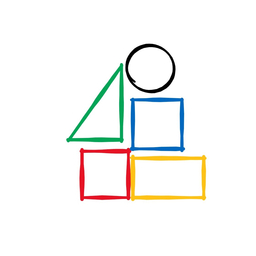
Product Garage
Everything about building/marketing/selling enterprise products served with a dash of humor on the side
By registering you agree to Substack's Terms of Service, our Privacy Policy, and our Information Collection Notice

Everything about building/marketing/selling enterprise products served with a dash of humor on the side